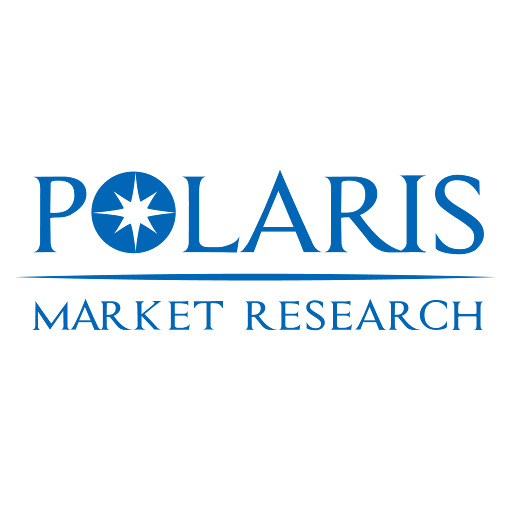Growing Textile Production Drives Sustained Demand for Dyes Worldwide

The global textile dyes market was valued at USD 12.22 billion in 2024 and is expected to grow at a compound annual growth rate (CAGR) of 4.7% during the forecast period through 2034. This measured yet resilient expansion reflects the enduring demand for colored textiles across apparel, home furnishings, and technical fabrics, even as the industry undergoes profound transformation driven by environmental regulations, circular economy principles, and evolving consumer ethics. Once dominated by cost and colorfastness alone, the dye market is now increasingly shaped by sustainability imperatives—particularly the global phase-out of hazardous substances, water conservation mandates, and brand-led commitments to zero-discharge manufacturing.
The rise of fast fashion has historically fueled volume growth, but mounting scrutiny over its environmental footprint is accelerating adoption of eco-friendly alternatives such as low-impact reactive dyes, bio-based colorants, and digital printing technologies that reduce water and chemical usage by up to 95%. As global apparel brands align with initiatives like the ZDHC (Zero Discharge of Hazardous Chemicals) Roadmap to Zero, dye manufacturers are transitioning from commodity suppliers to compliance-enabling partners, embedding transparency and traceability into their product lifecycles.
Market segmentation reveals distinct dynamics across dye type, fiber compatibility, and application method. By chemistry, reactive dyes dominate the market, particularly for cellulosic fibers like cotton, due to their vibrant shades and strong covalent bonding that ensures wash-fastness. However, their traditional formulations generate high-salt effluent, prompting innovation in high-fixation reactive dyes that minimize wastewater pollution. Disperse dyes, used primarily for polyester and synthetic blends, represent the second-largest segment, driven by the global prevalence of poly-cotton fabrics and performance wear. Meanwhile, vat and sulfur dyes, though lower-cost, face declining use in developed markets due to toxic byproducts, though they persist in price-sensitive regions.
A notable trend is the rapid growth of digital textile printing inks, which, while still a small share of total dye consumption, are expanding at over 10% CAGR due to on-demand production, design flexibility, and drastically reduced environmental impact. Fiber-specific demand also shapes formulation strategies: as recycled polyester and lyocell gain traction, dye producers are developing tailored solutions that address inconsistent dye uptake in post-consumer feedstocks—a critical challenge in circular textile systems. This shift underscores the industry’s move toward application-specific formulations, where performance must be balanced with environmental compliance and compatibility with novel sustainable fibers.
Regionally, Asia Pacific commands the lion’s share of global dye production and consumption, accounting for nearly 60% of market revenue in 2024. China remains the largest producer, home to thousands of dye and intermediate manufacturers, though stringent environmental crackdowns since 2017 have shuttered polluting facilities and consolidated capacity among compliant players. India has emerged as a strategic alternative, bolstered by government incentives under the “Make in India” initiative and growing domestic textile exports. Bangladesh, Vietnam, and Indonesia—key garment export hubs—are driving regional demand but face mounting pressure from international buyers to adopt ZDHC-approved chemical inventories. Europe, while a smaller consumer market, exerts outsized influence through regulation.
Read More @ https://www.polarismarketresearch.com/industry-analysis/textile-dyes-market
The EU’s REACH framework restricts over 30 aromatic amines derived from azo dyes, effectively banning many conventional colorants and pushing global supply chains toward safer alternatives. Germany, Italy, and Turkey serve as centers for high-value, low-impact dye innovation, particularly for luxury and technical textiles. North America exhibits steady demand, primarily from branded apparel companies implementing strict chemical management policies. The U.S. market is increasingly focused on supply chain transparency, with brands requiring full disclosure of dye compositions and wastewater treatment protocols from Tier 1 and Tier 2 suppliers. Despite regional differences, a unifying trend is the push for regulatory harmonization, as brands seek globally consistent standards to simplify compliance across complex, multi-tier sourcing networks.
The competitive landscape is highly fragmented yet consolidating, with a handful of multinational chemical firms leading in R&D and sustainability, while thousands of regional players compete on price in less-regulated markets. Market leaders distinguish themselves through eco-certified product portfolios (e.g., bluesign®, OEKO-TEX®), investment in closed-loop water recycling at production sites, and digital platforms that provide real-time chemical compliance data to customers. Strategic partnerships with textile mills and brands are becoming essential—not just for co-developing sustainable dyes, but for jointly piloting waterless dyeing technologies like supercritical CO₂ processes. Innovation is also shifting upstream: companies are exploring bio-based dyes derived from agricultural waste, algae, or microbial fermentation, though scalability and cost remain barriers to mass adoption. Success increasingly hinges on technical service integration—providing not just dyes, but end-to-end support in process optimization, effluent management, and regulatory documentation.
More Trending Latest Reports By Polaris Market Research:
Precision Swine Farming Market
Mineral Wool Board Insulation Market
U.S. Electrophysiology Mapping And Ablation Devices Market
- AI
- Vitamins
- Health
- Admin/office jobs
- News
- Art
- Causes
- Crafts
- Dance
- Drinks
- Film
- Fitness
- Food
- Games
- Gardening
- Health
- Home
- Literature
- Music
- Networking
- Other
- Party
- Religion
- Shopping
- Sports
- Theater
- Wellness


